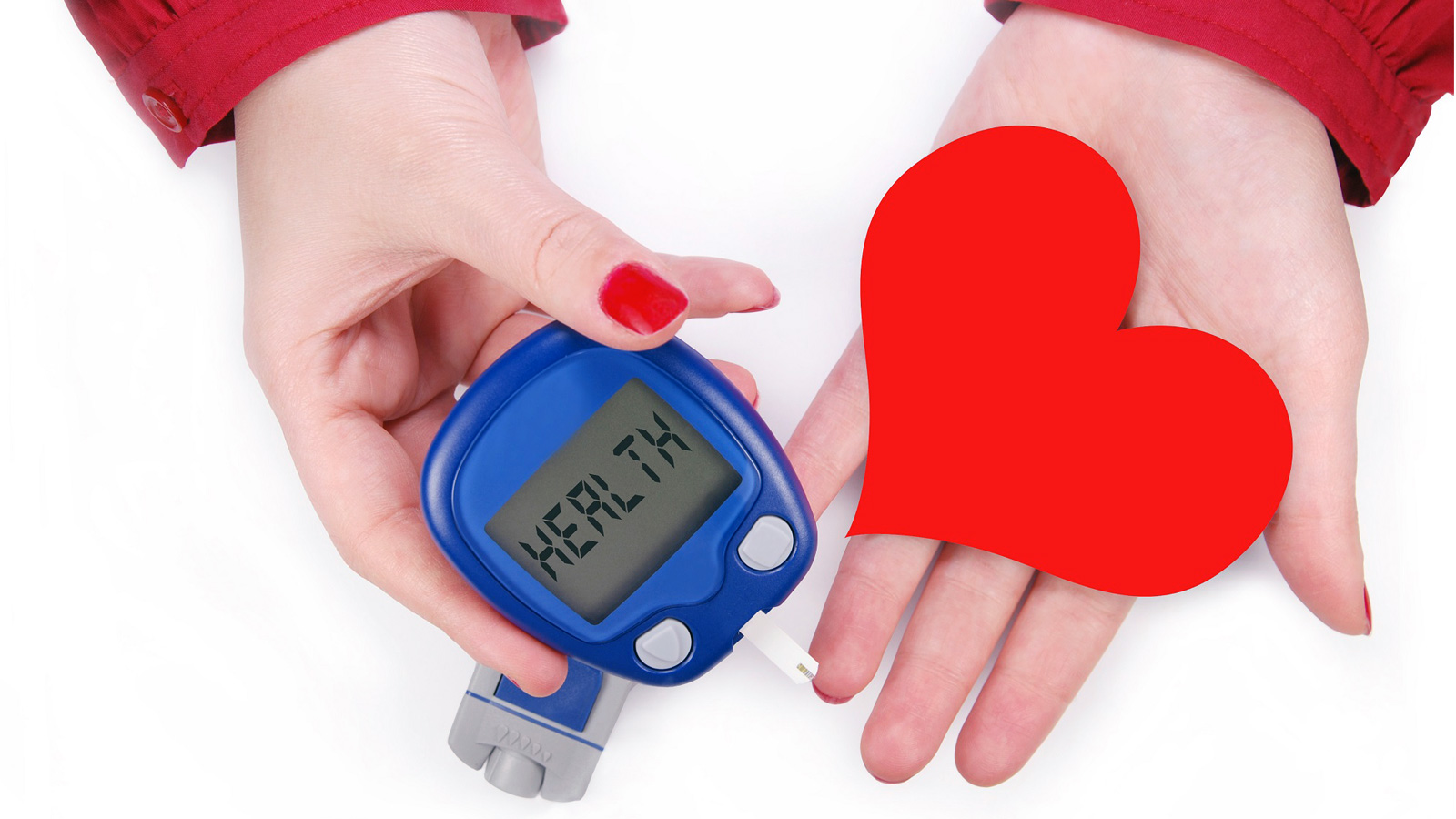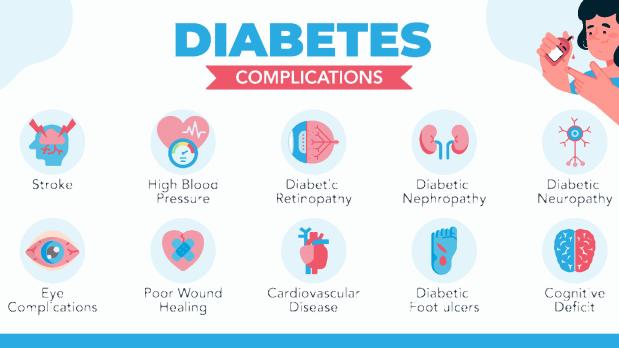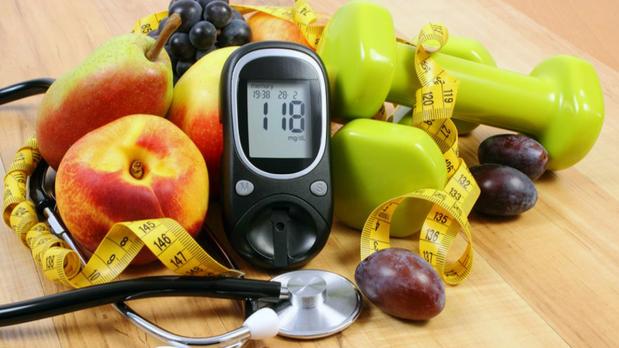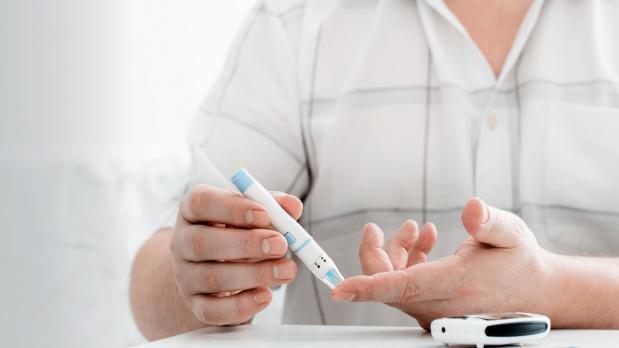Monitoring blood sugar levels is a crucial aspect of daily diabetes care, allowing individuals to routinely track their glucose levels, thus assisting diabetic patients in maintaining their health and making necessary adjustments to their diabetes management plan.

Senior individuals routinely monitor their blood sugar levels
SMBG self-monitoring of blood sugar levels
SMBG (Self-monitoring blood glucose) is the process of measuring one's own blood sugar levels using a glucose meter, typically by pricking the fingertip. This can be performed consistently and as often as needed.
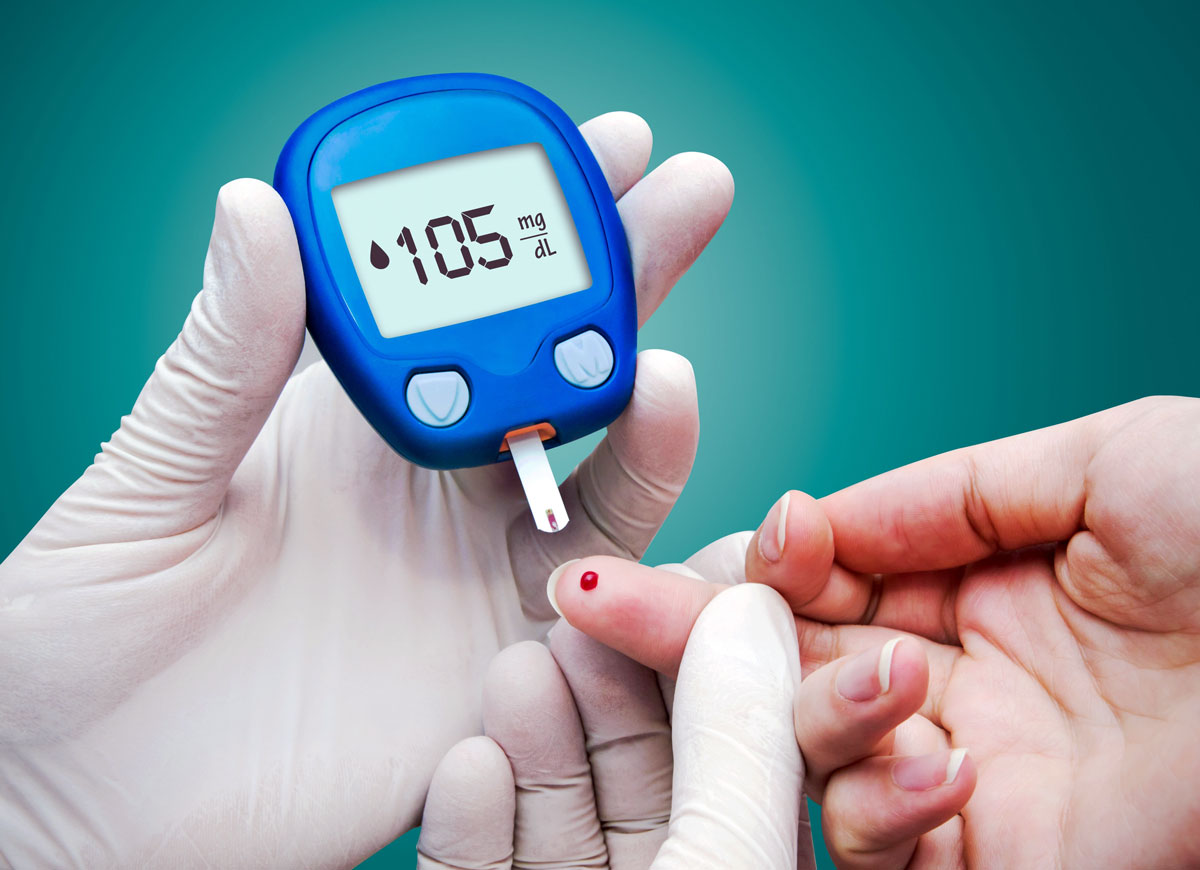
Blood sugar level measurement
How to self-check your blood sugar level SMBG
- Cleanse your hands meticulously for a minimum of 20 seconds using soap
- Utilize a fingertip lancet device, ensuring you avoid using the same finger in consecutive tests
- Apply a blood droplet to the test strip, then use a blood sugar measuring device (glucose meter) to read the value.
** Safety measures to take before testing blood sugar levels
High doses of vitamin C or low blood oxygen levels can impact the accuracy of the assessment.
Individuals who should undergo Self-Monitoring of Blood Glucose (SMBG) testing
- Individuals with type 1 diabetes
- Type 2 diabetic patients using insulin treatment
- Type 2 diabetic patients using insulin treatment but struggling to regulate blood sugar levels
- Expectant mothers with diabetes
- Individuals who frequently encounter low blood sugar symptoms like sweating, rapid heartbeats, dizziness, shakiness, intense hunger, or nighttime hypoglycemia
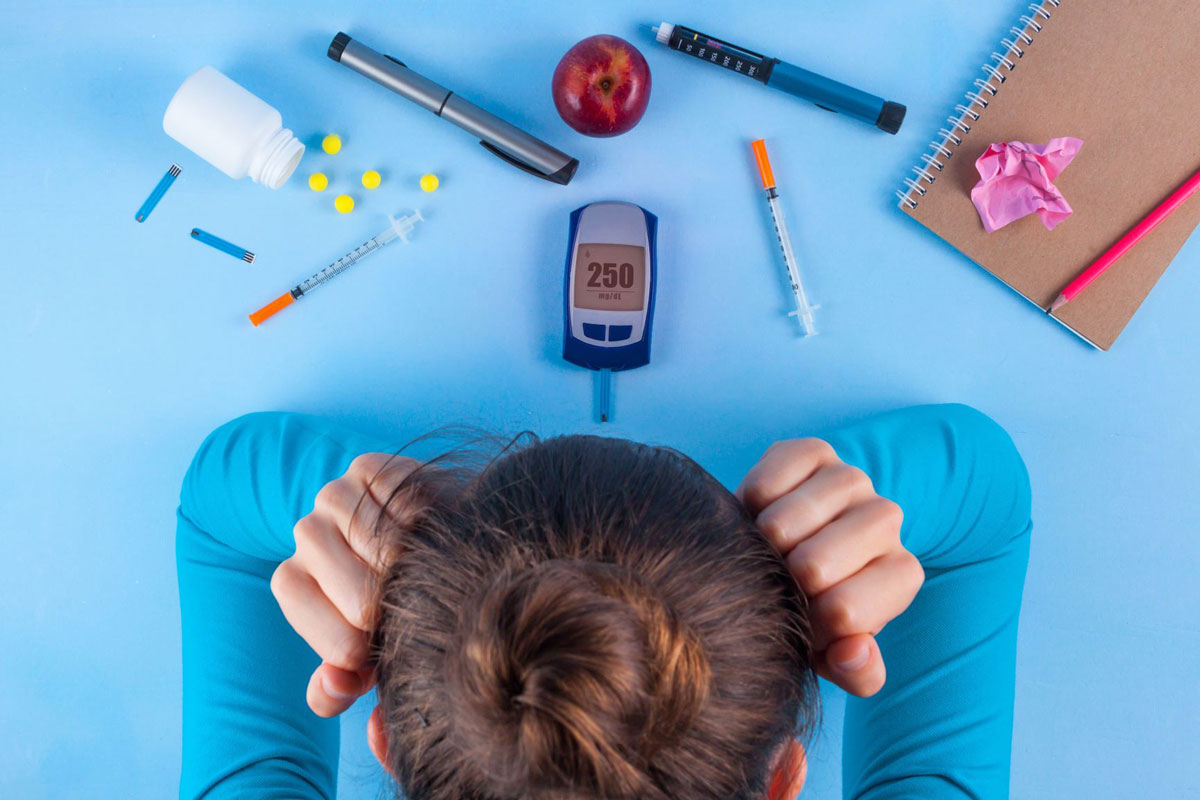
Findings from blood sugar level assessments for individuals with diabetes
How are blood sugar levels interpreted?
- Blood sugar levels ranging from 70 to 100 are considered normal.
- A blood sugar level between 100 and 125 indicates a pre-diabetic or latent diabetic (prediabetic) risk condition.
- A blood sugar level exceeding 126 indicates a risk of diabetes.
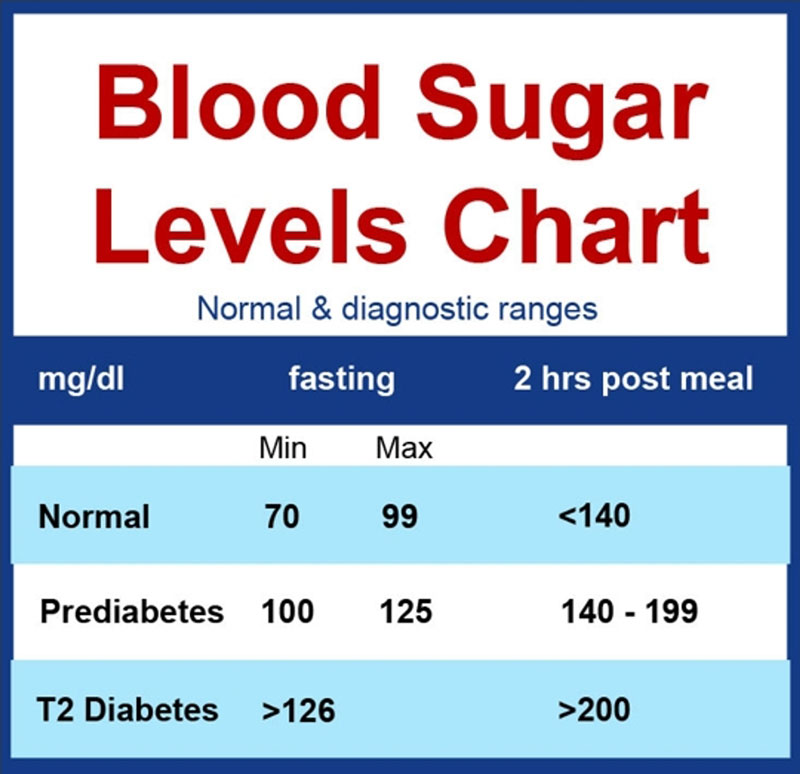
Blood Sugar Levels: Normal, At-Risk, and Diabetic Individuals
A concise summary of Self-Monitoring of Blood Glucose (SMBG) test results empowers patients to comprehend their condition, adapt their habits, and allows healthcare professionals to make precise treatment adjustments. This, in turn, helps mitigate the risk of complications and long-term chronic effects of diabetes.

